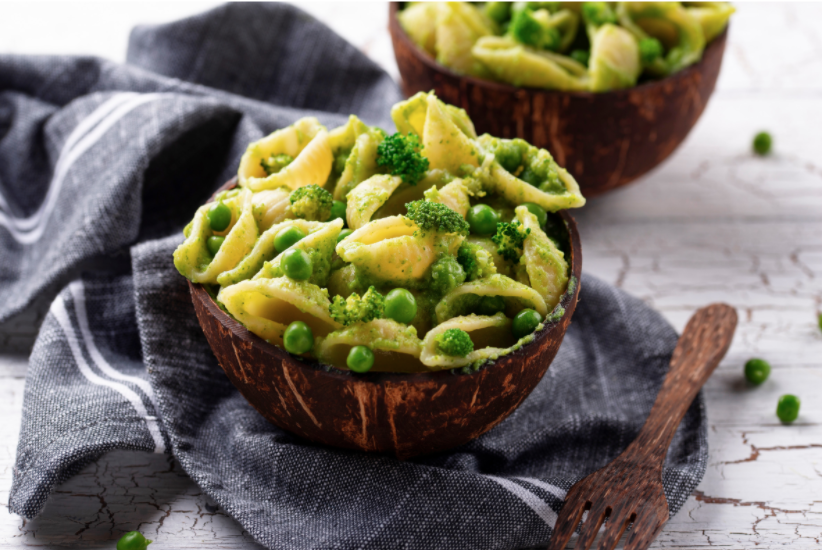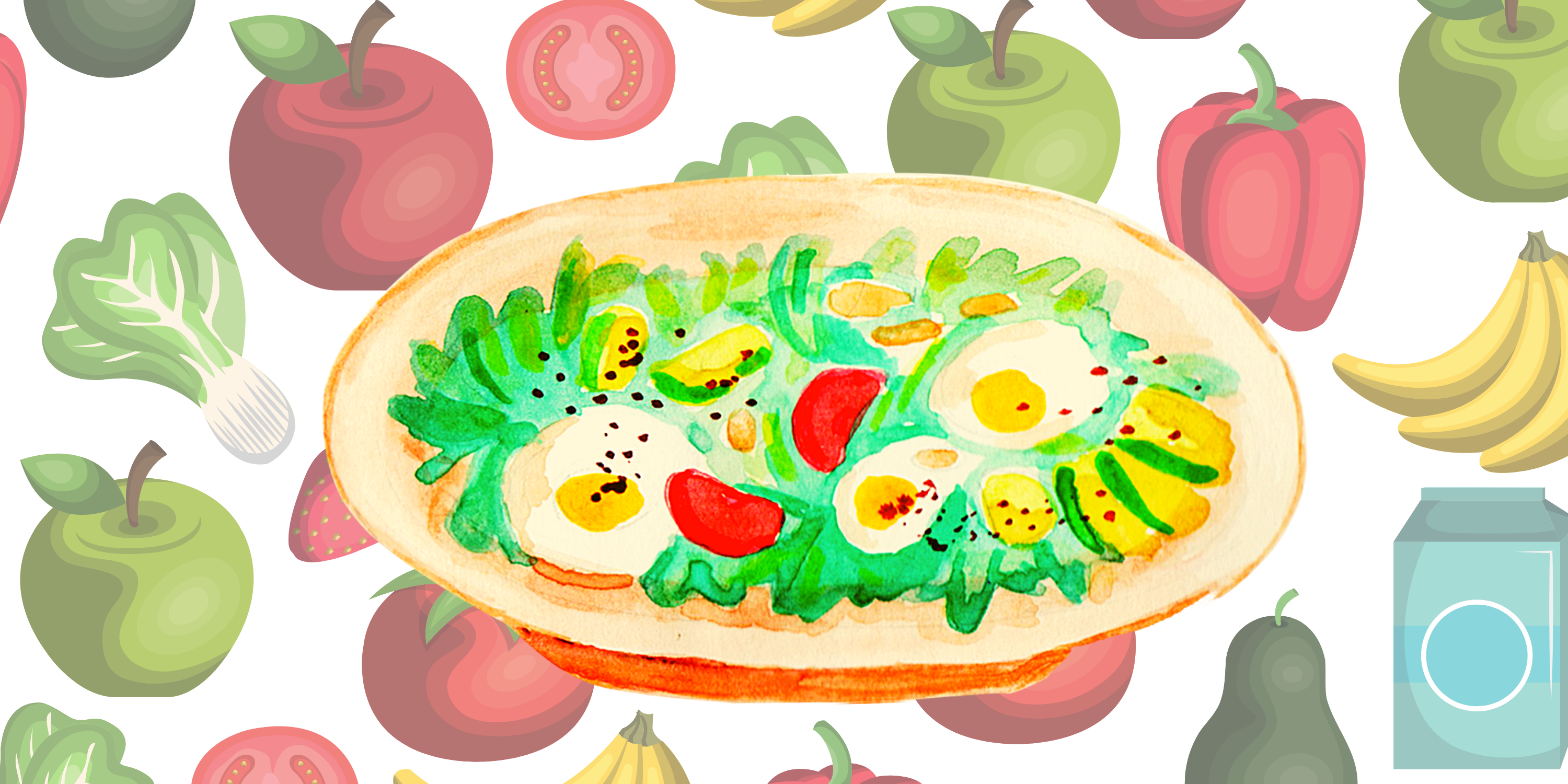I grew up as a Muslim who only ate Zabiha halal meat, which is cut in a way so the animal does not feel pain. Growing up, my parents always struggled to find restaurants that could cater to our religious needs, so we limited our dining and takeout to Middle Eastern and South Asian restaurants as they were more likely to serve Zabiha meat.
Because of this, when I started to eat out on my own, I realized how much easier it was to simply eat vegetarian or vegan at popular chain restaurants. Since my religious dietary needs were not available on a large and wide basis, I decided to change them, especially considering the inhumane and toxic practices in sourcing meat to these restaurants. Research is abundant about the preservatives and toxins that are injected into the meat so it remains fresh for long periods, along with the conditions animals are put through by being forced to eat foods they shouldn’t on strict time cycles.
As I learned more about restaurant sourcing, I became conscious of my food selections and started to stray away from eating vegan/vegetarian at large chain restaurants, finding local ones instead. After learning about the negative effects of dairy farming on cows, the environment and consumers, I started asking for a non-dairy alternative when I bought coffee.
Slowly, after adapting to more sustainable choices outside my home, I decided to implement these practices inside as well. I switched my coffee creamer to almond milk, started eating vegan ice cream, using vegan butter and purchasing almond milk yogurt. I recently bought cashew cheese and will try substituting it for normal cheese as much as possible. Learning more about sustainability made me question other options that weren’t necessarily related to veganism, but to overall sourcing in terms of preservatives and chemical ingredients. I traded my sugar-filled childhood cereals and snacks for more organic options with actual health benefits.

Almond milk, Eiman’s go to dairy alternative. Image courtesy of Canva
Still, I have only changed a small portion of my eating habits to be more sustainable — I eat meat prepared at home and use cheese in my homemade food and takeout. I will still bake or buy cookies, cupcakes and cakes for dessert – the only vegan dessert I have adapted is ice cream due to its large amount of dairy.
Some may wonder why I pick and choose certain alternatives and not others. I believe that when it comes to food sustainability, it’s not all or nothing. Simply switching from regular milk to oat milk contributes to a lower production of greenhouse gas emissions, which makes a positive impact on the environment. If something seemingly so small can have such a notable impact, why should I choose not to implement it simply because I can’t fully commit to other alternatives?
Switching to more sustainable options wasn’t difficult, but seeing the cost and availability of the products was. While non-dairy milk and ice cream are easily accessible and fairly priced due to their popularity and high demand, other alternatives, such as healthy cereals, snacks and vegan ingredients for food and dessert are difficult to find in major grocery stores. Instead, the variety of alternative options tend to be in higher-end grocery stores that are strategically placed in rich neighborhoods, making the products more expensive. For example, Whole Foods and Marianos have an abundance of vegan products and non-dairy alternatives, all for a high price and a small portion. This is part of the reason I haven’t switched to being a committed vegan or vegetarian and settled for finding alternatives when I can. A store I can rely on is Trader Joe’s — while it may not be accessible since it is typically located in expensive neighborhoods, it is well-known for its affordable prices, high quality and variety of options in terms of other diets and lifestyles.
Another common misconception is the idea that one must give up their favorite foods to become sustainable. The best part about living this lifestyle is the ability to continue eating what you love, simply in a different way. In terms of the vegan desserts, pastas, pizzas and coffees I have tried, they all taste fairly the same — if not better — with the knowledge that it’s a healthier option that benefits the environment.

Vegan pasta. Image courtesy of Canva
My journey towards sustainability continues as I find new alternatives every day. Once I started researching alternatives, I kept moving forward to adopt new ideas and have come a long way since. My newest sustainability goal is to try making vegan cookies and snacks at home. Based on my current path, I might even end up being completely vegan one day. Regardless, what I have learned from my experience so far is the importance of starting small and taking things one step at a time.
Header image by Yusra Shah




NO COMMENT